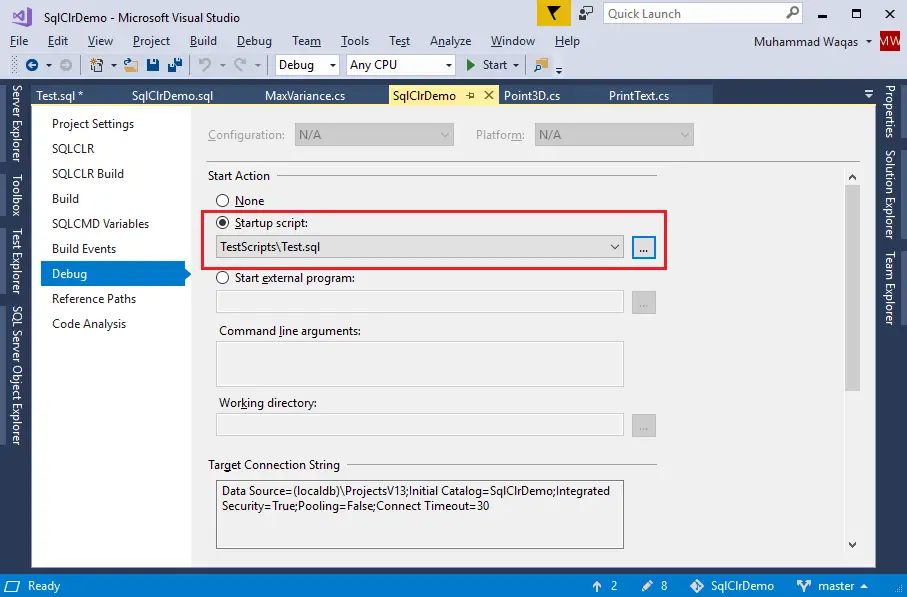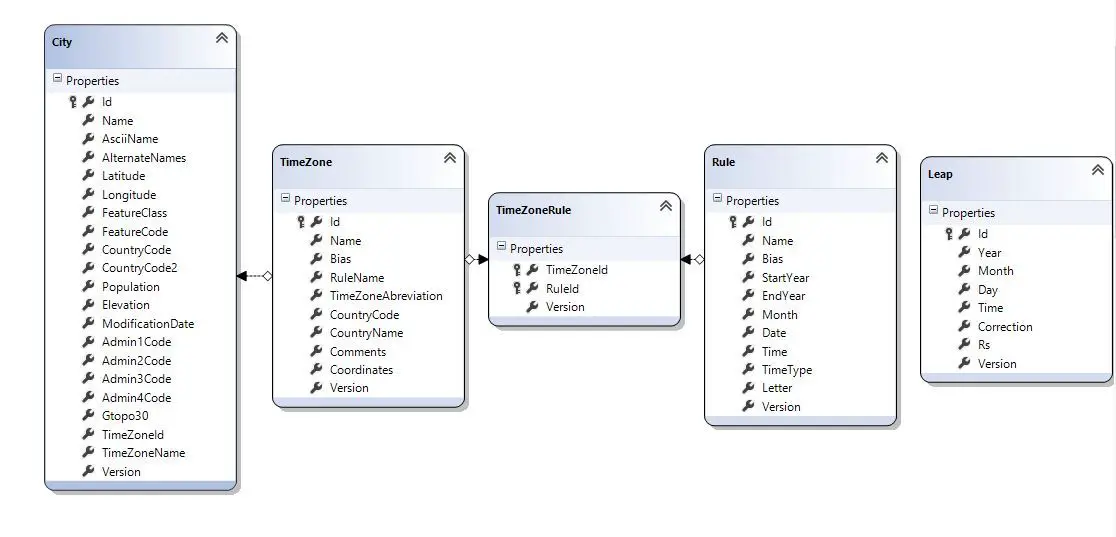Database Blunders: Debugging SQL and ORM Issues

Executive Summary

Databases are the backbone of many modern applications, and ensuring their reliability and accuracy is crucial. However, debugging issues related to SQL and Object-Relational Mappers (ORMs) can be a daunting task. This article aims to shed light on common database blunders and provides a comprehensive guide to debugging these issues effectively. By understanding the underlying causes, leveraging appropriate debugging techniques, and employing best practices, developers can streamline the debugging process and maintain robust database systems.

Introduction
Databases play a vital role in storing, managing, and querying data in various applications. From simple websites to complex enterprise systems, databases provide the foundation for data persistence, retrieval, and analysis. However, working with databases can sometimes lead to errors and unexpected behavior, which can be challenging to debug. This article explores the common pitfalls and provides practical solutions for resolving SQL and ORM-related issues.
FAQs
Q: What are the common causes of SQL errors?
A: SQL errors can arise due to syntax errors, incorrect table or column names, invalid data types, improperly formatted queries, and missing or incorrect constraints.
Q: How can I debug ORM issues?
A: ORM issues often stem from mapping errors, such as incorrect entity definitions, missing relationships, and performance bottlenecks. Developers can leverage tools like query logs, entity diagrams, and profiling to identify and resolve these problems.
Q: What best practices should I follow for database debugging?
A: To ensure efficient debugging, it is advisable to use consistent naming conventions, leverage version control systems, write clear and testable queries, and utilize debugging tools provided by database management systems and ORM frameworks.
Top 5 Subtopics
1. SQL Syntax Errors
SQL syntax errors occur when the SQL statement does not adhere to the grammar rules of the database language. These errors can be caused by missing or incorrect keywords, punctuation, or data types.
- Error message: Unexpected token
- Example:
SELECT * FROM my_table W_H(missing keyword ‘WHERE’) - Resolution: Review the SQL syntax, check for typos, and ensure that all necessary clauses and keywords are present.
2. ORM Mapping Errors
ORM mapping errors occur when the ORM framework cannot correctly map between database tables and application objects. These errors can arise due to incorrect entity definitions, missing relationships, or incorrect data types.
- Error message: No mapping found for field ‘user_id’
- Example: Mising a
@JoinColumnannotation in the Java code for a relationship - Resolution: Verify the entity definitions, ensure that all relationships are correctly mapped, and check data types for compatibility.
3. Database Connectivity Issues
Database connectivity issues can occur due to incorrect connection parameters, network problems, or database downtime. These issues prevent the application from establishing a connection to the database.
- Error message: Connection refused
- Example: Incorrect database hostname or port number
- Resolution: Verify the database connection parameters, check for network connectivity, and ensure that the database is running.
4. SQL Injection Attacks
SQL injection attacks occur when malicious input is passed to a database query, allowing attackers to execute unauthorized commands on the database. These attacks can lead to data breaches, data manipulation, or even system compromise.
- Error message: SQL syntax error
- Example:
' OR '1'='1appended to the user input - Resolution: Utilize parameterized queries or prepared statements to prevent malicious input from being directly executed in the database.
5. ORM Performance Bottlenecks
ORM performance bottlenecks can occur when inefficient queries or incorrect data access patterns are used. These bottlenecks can lead to slow application response times and decreased database efficiency.
- Error message: Slow query performance
- Example: Fetching all records instead of using pagination
- Resolution: Analyze query execution times, use indexing appropriately, and optimize data access patterns to improve performance.
Conclusion
Debugging database issues can be challenging, but by understanding the common pitfalls, leveraging appropriate debugging techniques, and employing best practices, developers can effectively resolve these issues and maintain reliable and performant database systems. This article provided a comprehensive overview of database blunders, covering SQL syntax errors, ORM mapping issues, database connectivity issues, SQL injection attacks, and ORM performance bottlenecks. By following the guidance outlined in this article, developers can streamline the debugging process, reduce downtime, and ensure the accuracy and integrity of their database systems.
Relevant Keyword Tags
- Database debugging
- SQL syntax errors
- ORM mapping issues
- Database connectivity
- SQL injection attacks
- ORM performance optimization


